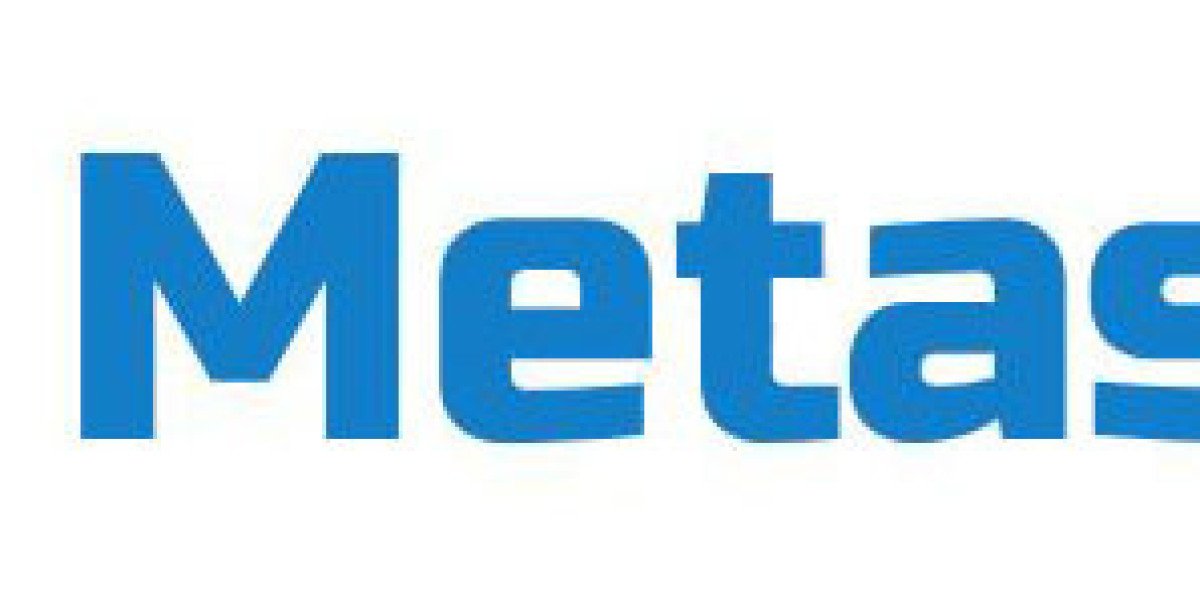The US Smart Exoskeleton Industry is witnessing remarkable growth, driven by increasing demand for mobility assistance, industrial efficiency, and rehabilitation solutions. These wearable robotic systems are designed to augment human strength, support physical therapy, and improve productivity in various sectors. The integration of advanced robotics and smart sensors is reshaping how individuals and industries approach physical support and mobility enhancement.
Technological Innovations Driving Growth
Smart exoskeletons rely heavily on cutting-edge technologies such as AI, robotics, and sensor-based feedback mechanisms. Similar to trends observed in the Radio Frequency Integrated Circuit (RFIC) Market, these devices benefit from miniaturized electronics and real-time data processing, improving performance, precision, and user experience. Additionally, portability and ease of use are enhanced through lightweight materials and ergonomic designs, making these systems more accessible for daily use.
Market Opportunities in the United States
The US market presents significant growth opportunities due to an aging population, rising workplace safety standards, and increasing adoption of assistive technologies. Rehabilitation centers, hospitals, and industrial facilities are increasingly investing in smart exoskeletons to enhance mobility, reduce fatigue, and prevent work-related injuries. The integration of smart exoskeletons with portable and connected devices, similar to innovations in the Portable Gaming Console Market, also contributes to their expanding utility.
Key Factors Fueling Adoption
Medical Applications: Support for stroke recovery, mobility impairment, and physical rehabilitation.
Industrial Efficiency: Enhances strength and endurance for manual labor, reducing fatigue and injury.
Technological Integration: Incorporates sensors, AI, and smart control systems for optimized performance.
User Convenience: Lightweight and ergonomic designs make exoskeletons easier to wear and operate.
Future Outlook
With continuous advancements in robotics, AI, and wearable technologies, the US Smart Exoskeleton Industry is poised for significant expansion. Future innovations are expected to focus on enhanced adaptability, autonomous operation, and integration with other smart devices, providing transformative solutions for healthcare, industrial, and personal applications.
FAQs
Q1. What is driving the growth of the US Smart Exoskeleton Industry?
Increasing demand for rehabilitation, mobility support, and workplace safety are key drivers of market growth.
Q2. How are RFIC and sensor technologies impacting exoskeletons?
RFICs and sensors improve real-time monitoring, precision, and control, enhancing performance and user experience.
Q3. What future trends are expected in this market?
Developments in AI, wearable robotics, portability, and device integration are set to shape the future of smart exoskeletons.








